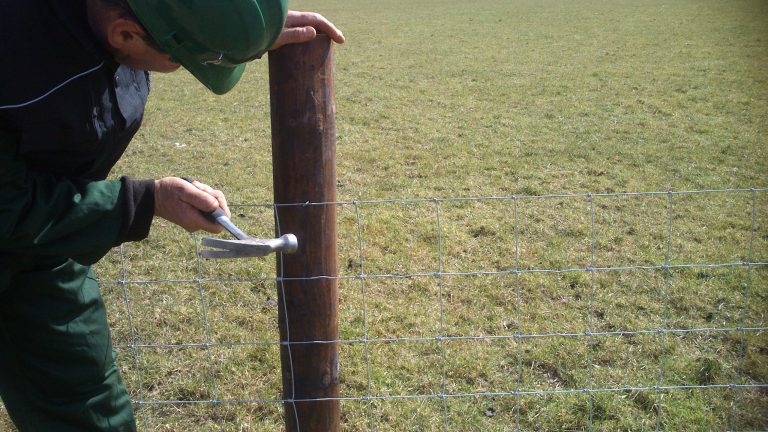A shortage of straw this year has meant that many Irish farmers are looking for different materials to provide bedding for the coming Winter months. Farmers need to now consider their options and look at what might work best for their system. There are many alternatives available, all of which have advantages and disadvantages.
The most common type of straw for bedding use is barley and wheat straw, but with disappointing crops this year, farmers are not willing to sell as they don’t have the surplus. Key factors to consider when considering alternatives are if the material keeps the animals dry, healthy, and comfortable. Other considerations include availability, cost and disposing of the material.
Peat
Peat is an effective alternative as it is a highly absorbent material that keeps livestock warm. It involves minimal labour and is cost effective. Peat is also acidic; it acts as a natural antiseptic and prevents the growth of pathogens and Sphagnum moss. It is recommended for farmers to use a minimum layer of 15cm and clean out or top up as required. Farmers can add more at the back of the pen and if it is for a slatted shed, farmers can put in a double slat to prevent it spilling into the tank. After use, it can be spread on land. Peat will add nutrients and conditioning to soil without depleting nitrogen.
Some disadvantages include it appears dirty and the top layer may need to be cleaned regularly. Bulk peat is mainly available in the midlands but suppliers are willing to travel throughout Ireland. A cubic meter would usually cost an average of €10 but due to the shortage of straw costs has risen to approx. €12 – €15 per cubic meter. Farmers also need to consider extra costs for delivery.
Woodchip
Woodchip is another option of indoor bedding for farmers to consider. It is suitable as animals can stay clean, it absorbs moisture and manure, and there is very little dust. A base layer on 10 cm is initially recommended with a top up every 7-10 days thereafter depending on the animal’s diet. There are different types of woodchip available but a coarse woodchip with below 30% moisture is preferred.
Disadvantages include that regular top ups are required, and it can be considered harder to dispose of as it can take over 2 years to compost. When it is decomposing, it uses a lot of nitrogen and it can leave the ground very hungry for a year or two afterwards. Other methods of disposing are spread onto the fields or some farmers filter and reuse. Costs may vary depending on the type of woodchip, supplier and delivery but prices range from €10 – €14 euro per cubic meter.
Rubber Mats
Farmers can also consider the option of putting rubber mats into sheds as a long-term solution. The natural resting position of the animal is supported by the soft lying area within the mat and helps keep the animal warm. Mats are durable and can fit sheds of different sizes. Good ventilation and drainage is critical with this system. It is important to keep in mind that the fall in the floor is adequate for drainage. This option will be attractive on a cost basis verses straw as it will last for years.
However, farmers need to be aware that it could be a larger upfront cost depending on the amount needed and daily cleaning is needed. If farmers are considering mats for slats where cows are calving, extra care is required as there may be draughts. Calf jackets could be used to help reduce risk of pneumonia. Costs of mats vary depending on the type, size and quality. Farmers should contact their local supplier for more information.
With 2021 approaching, we encourage farmers to think ahead for their labour needs. Spring is considered the busiest time for the majority of farmers and it is important to manage workload. Farm Relief Services offer a ‘Farm Staff Partnership’ programme which secures reliable, experienced, and dependable labour when you need it all year round. For more information visit https://frsfarmreliefservices.ie/farmstaff/.




